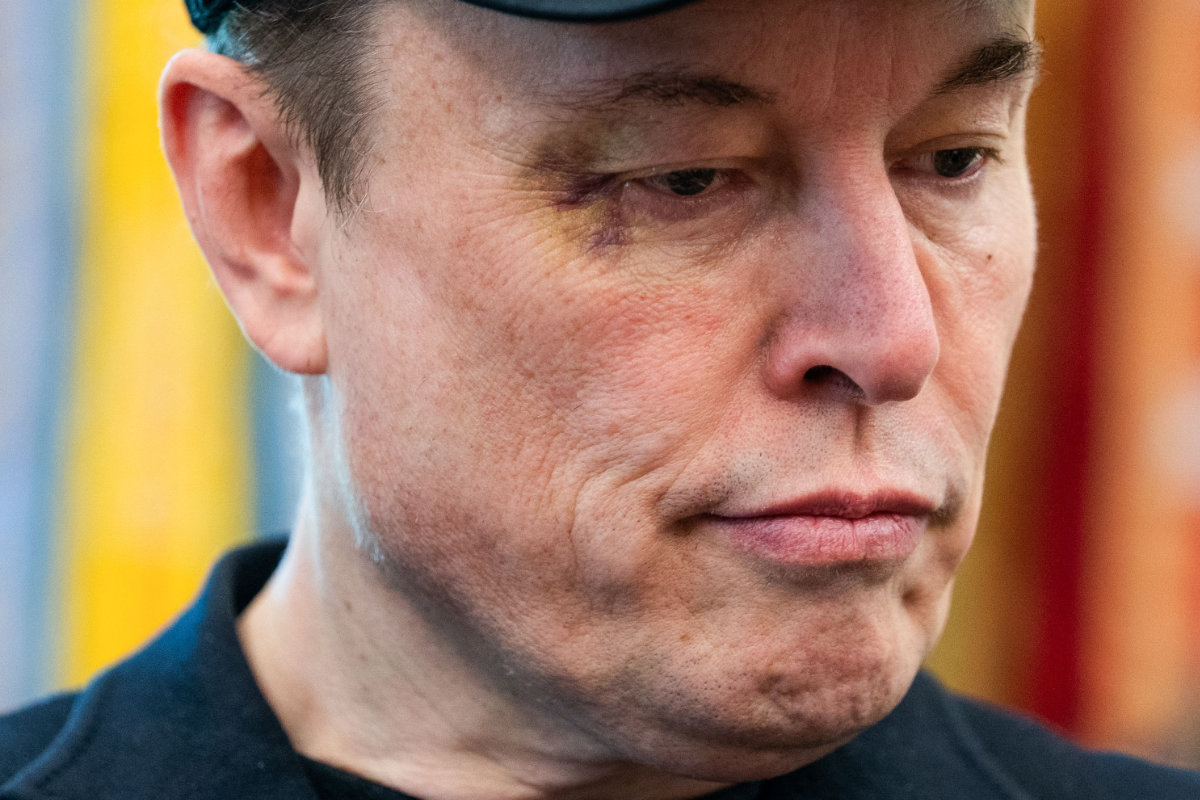Feb 9 : Two massive earthquakes just hours apart on Monday devastating cities and towns across a huge swathe of southern Turkiye and northwest Syria are rapidly becoming one of the worst disasters this century, with the death toll already more than 16,000.
Below are a list of some of the biggest natural disasters in the 21st century:
INDIAN OCEAN TSUNAMI
A 9.15 magnitude earthquake off Sumatra on Dec. 26, 2004, triggered a tsunami that barrelled into Indonesia, Thailand, India, Sri Lanka and many other countries in the region, killing at least 230,000 people, leaving 43,000 missing and devastating villages and tourist islands.
HAITI 2010 EARTHQUAKE
A 7.0 magnitude earthquake on Jan. 13, 2010, devastated Haiti’s capital Port-au-Prince and killed about 316,000 people. The United Nations estimated 80,000 buildings in Port-au-Prince and surrounding areas were destroyed.
MYANMAR CYCLONE
Cyclone Nargis swept across the Irrawaddy Delta and southern Yangon, the former capital, on the evening of May 2, 2008, with winds of 240 kph (150 mph). Nearly 140,000 people died and 2.4 million were severely affected.
CHINA QUAKE
A 7.8 magnitude earthquake hit China’s Sichuan province on May 12, 2008, killing about 87,600 people.
PAKISTAN QUAKE
A 7.6 magnitude quake that struck northeast of Islamabad on Oct. 8, 2005, killed at least 73,000 people. The quake also rocked Indian Kashmir, killing 1,244 there.
IRAN QUAKE
A 6.6 magnitude earthquake hit Iran’s southeastern Kerman province on Dec. 26, 2003, and flattened the city of Bam, killing 31,000 people.
JAPAN QUAKE/TSUNAMI
A 9.0 magnitude earthquake and tsunami struck Japan’s northeast on March 11, 2011, killing about 15,690 people. The earthquake also triggered the world’s biggest nuclear disaster since Chernobyl in 1986.
INDIA QUAKE
A 7.9 magnitude quake struck India’s industrial heartland of Gujarat on Jan. 26, 2001, killing at least 14,000 people, injuring over 150,000 and leaving millions of people homeless.
NEPAL QUAKE
A magnitude 7.8 earthquake hammered Nepal on April 25, 2015, killing nearly 9,000 people and disrupting the lives of more than eight million.
INDONESIA QUAKE/TSUNAMI
A 7.5 magnitude earthquake struck the Indonesian island of Sulawesi on Sept. 28, 2018, resulting in a 1.5 meter (4.9 ft)-high tsunami and killing more than 4,300 people.
HAITI 2021 QUAKE
A 7.2 magnitude earthquake struck southern Haiti on Aug. 14, 2021, killing more than 2,200 people and destroying or damaging about 13,000 homes.
HURRICANE KATRINA
Hurricane Katrina struck New Orleans on Aug. 29, 2005, swamping floodwalls, putting much of the city under 15 feet (4.57 m) of water and killing about 1,800 people. Most victims were in Louisiana, but neighboring Mississippi also was hard hit.






















